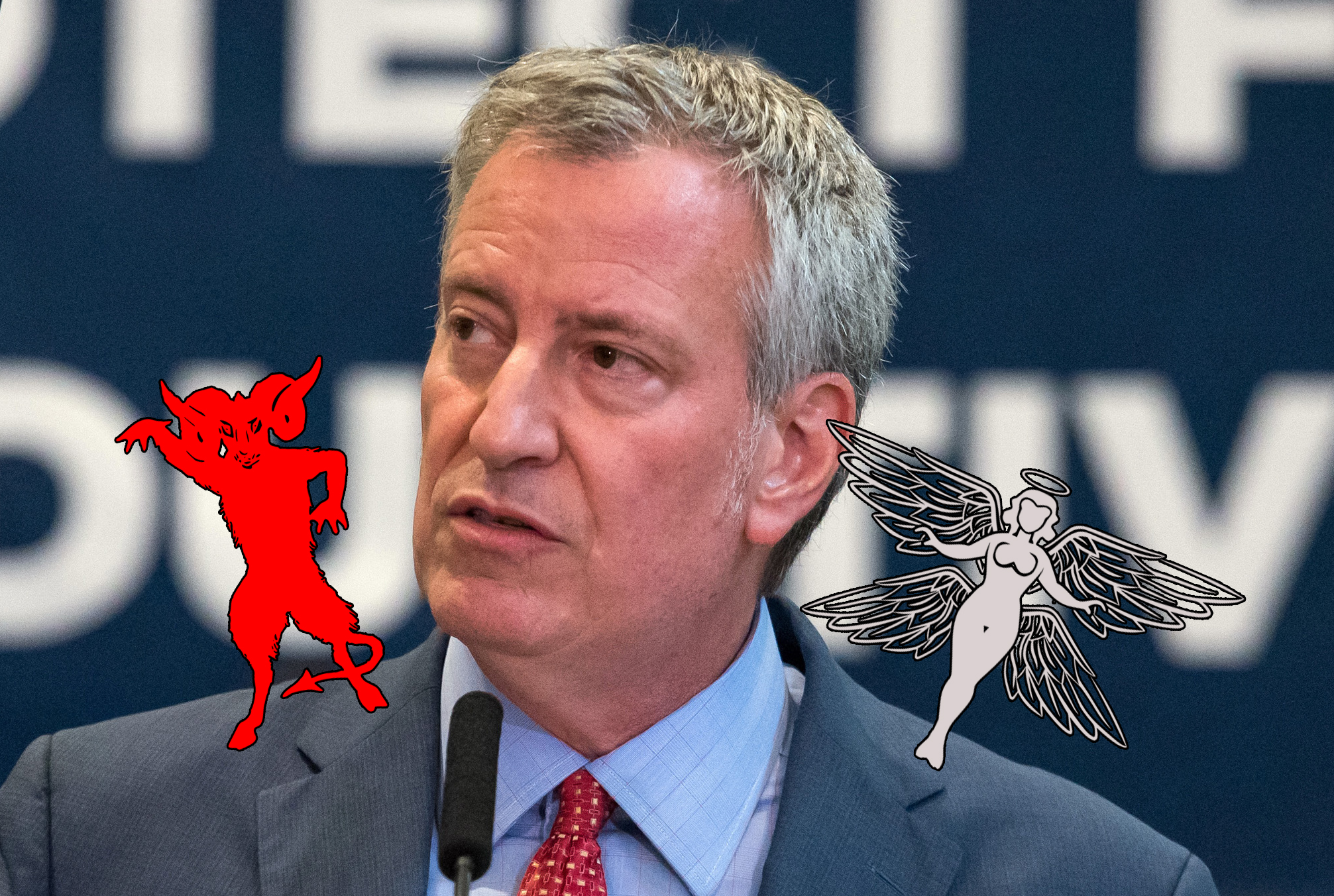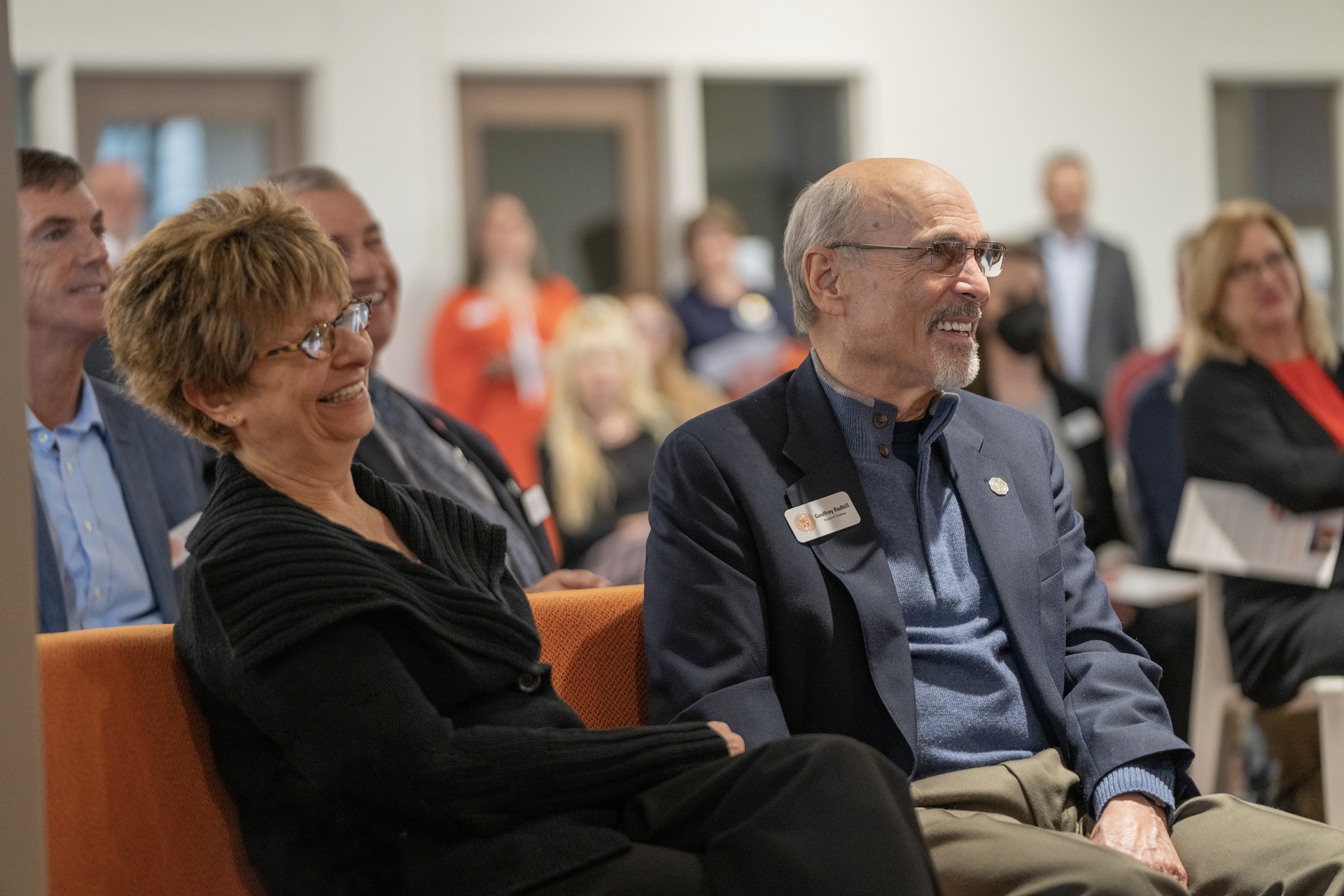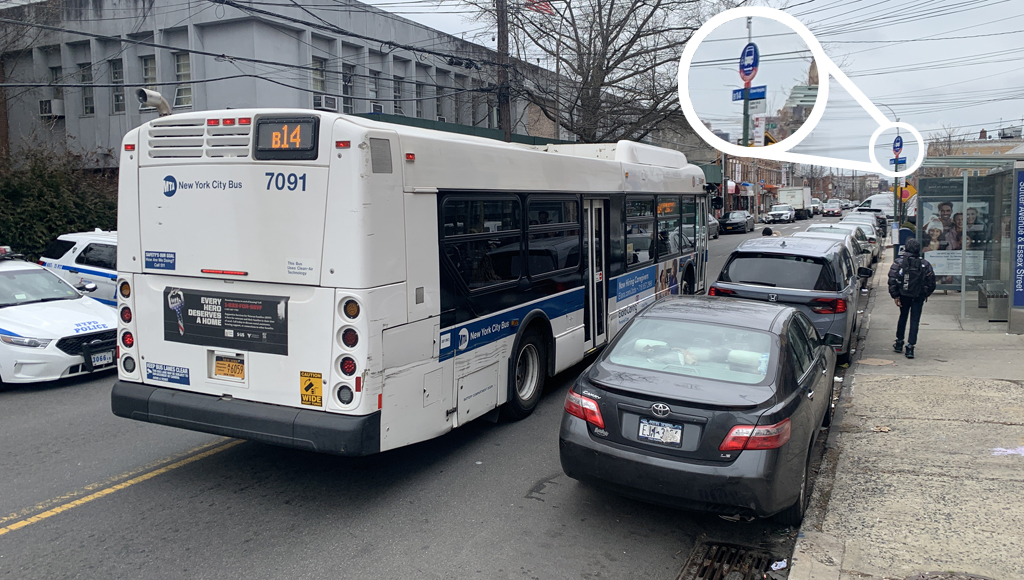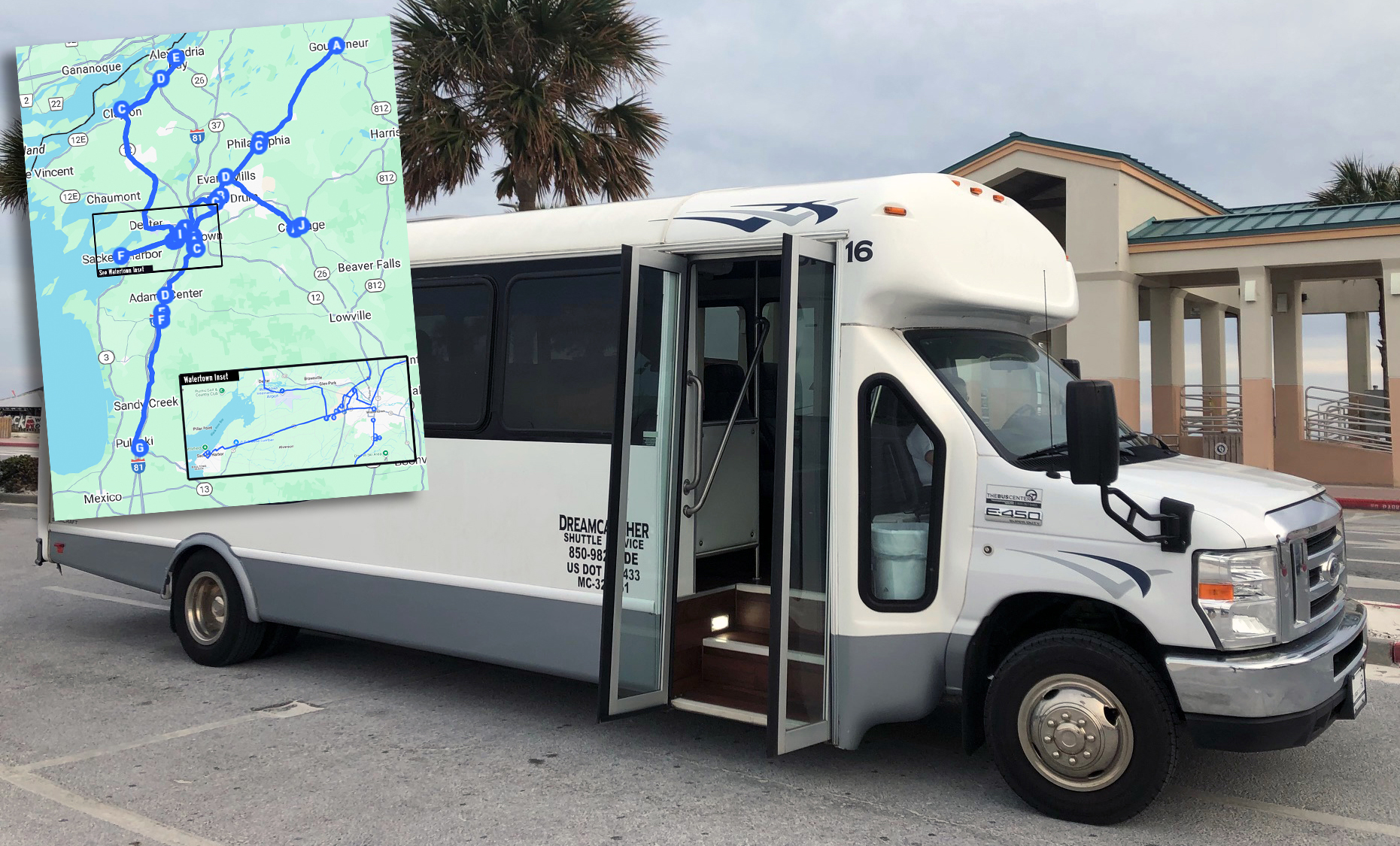The mayor doesn't just want to throw the book at reckless drivers, he wants to print a heavier tome to chuck at them.
"We need new laws that cause much more consequence if a motorist is negligent and they kill someone, even if it wasn't their intention," Hizzoner said on WNYC's weekly "Ask the Mayor" segment in response to a listener question about how the de Blasio Administration could encourage the NYPD to get more interested in actual traffic enforcement. "There have to be much higher penalties. That's an area we have to improve."
Ya think?
Of the 18 cyclists who have been killed this year, only two drivers have been charged. In so many cyclist deaths over the years, plus this year's deaths of Robert Sommer, Yisroel Schwartz, Ernest Askew and Robyn Hightman, a driver escaped charges simply by remaining on the scene. In such cases, offers seem to start with the presumption that a driver who remained on the scene simply made an innocent mistake that could happen to anyone. Often in such cases, the driver is the only living witness to the incident — and few drivers admit they were distracted, speeding or reckless.
There's rarely enforcement or real investigations attached to hit-and-run cases as well — despite the felony charge attached to the crime. Police announced a person of interest in the case of the hit-and-run driver who killed Aurilla Lawrence in February this year, but have otherwise not released any information about who might have killed her.
The NYPD's Collision Investigation Squad, which takes the lead on traffic crashes around the city, only manages about 150 crash investigations per year — in a city with more than 40,000 injury-causing crashes per year. In 2019, NYPD Commissioner James O'Neill refused to take $2 million to hire 15 additional detectives at the CIS. O'Neill felt it was fine to keep the CIS staffed with just 25 cops — clearly not enough cops on the face of it, based on one key statistic: only 492 drivers were arrested last year despite 5,699 hit-and-run crashes involving death or serious injury.
Drivers simply escape arrest by telling police they didn't know they hit someone, as they did in the case of cyclist Mathieu Lefevre in 2011 or pedestrian Linda Douglas earlier this year.
Even in the cases where drivers are charged with crimes after killing cyclists, the police and prosecutors haven't brought the most serious charges available. The truck driver who killed Chaim Joseph in Midtown Manhattan was charged with failure to yield, but was not charged with leaving the scene of a crash, despite the fact that he drove away from the collision. And recently, the van driver who threw his door open in the path of Em Samolewicz was issued a summons, one that only tops out at a $138 fine, for opening his door into traffic.
What's difficult to identify is what the mayor wants done to fix this oversight that he decided to identify. Does he want to see the hit-and-run statute applied more forcefully so that, like in Hightman's case, a driver can't say he was unaware he hit someone? Does he want cops and prosecutors to treat dooring like a violation of the right-of-way law, and thus as a criminal violation instead of a summons-worthy incident, as attorney Steve Vaccaro suggested it could be? He could also ask his own police force to give out more tickets for blocking bike lanes and for failure to yield — though the NYPD seems reluctant. Even during last month's high-profile "crackdown" on those two violations, cops wrote just five bike lane tickets per precinct per day and just two failure-to-yield tickets per precinct per day. Both crimes occur hundreds of times per day in every precinct; most cyclists and pedestrian see it multiple times on every ride or walk.
But, the mayor didn't specifically mention any laws on the air, and his office did not respond to a request for comment when asked what he would like to see changed.
Enforcement, of course, is a thorny issue in New York City, where the NYPD floats between indifference — as when this cyclist politely asked a NYPD officer to not park in a bike lane — and outright contempt, like when this cyclist sought police help after she was doored, only to be written up herself.
Worst of all, Mayor de Blasio would be counting on a police force uninterested in safe driving themselves. A monthlong Streetsblog investigation discovered that 58 percent of officers' personal vehicles have been slapped with summonses for speeding or blowing red lights — and 38 percent have repeat violations. (The mayor promised Streetsblog in April that he would hold these reckless drivers accountable, but he has done nothing.)
So it's no surprise that safe streets advocates are wary of leaning on the NYPD to do more.
"Stricter penalties alone are not a deterrent, and we should use caution when it comes to giving the NYPD a larger role in Vision Zero," said TransAlt Deputy Director Marco Conner. "The key to driving down the rate of death and injury on our streets is widespread, unbiased automated enforcement, like the City's wildly successful speed safety camera program. Mayor de Blasio ought to double down on using technology to deter the other dangerous behaviors that are all too common on our streets, like failure to yield, blocking bike lanes, and blocking the box."
Other street safety voices noted that there was more to Vision Zero than just making sure negligent drivers face consequences.
"[The comment] shows the mayor's philosophy about Vision Zero," said Doug Gordon. "He sees it as, as long as we're punishing bad drivers, everything will be fine. But part of Vision Zero is making the street better for people. You can have a city where drivers are getting tickets and summonses and still have it be a bad city to walk and bike in."
Gordon also made sure to point out that rather than reactive measures to negligent driving, the better route to take is proactive street design that prevents the kind of deadly speeding and reckless behavior that harms pedestrians and cyclists.
"You want to take that personal element out of [traffic enforcement] as much as possible," Gordon said. "It's better for everybody, especially disadvantaged, vulnerable populations."






